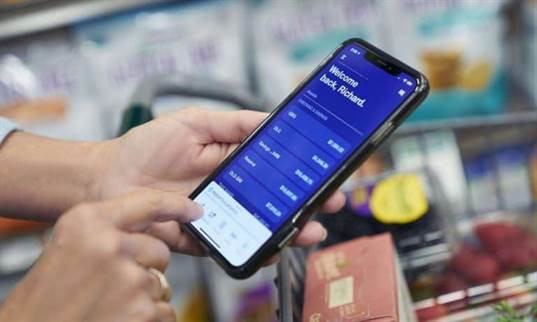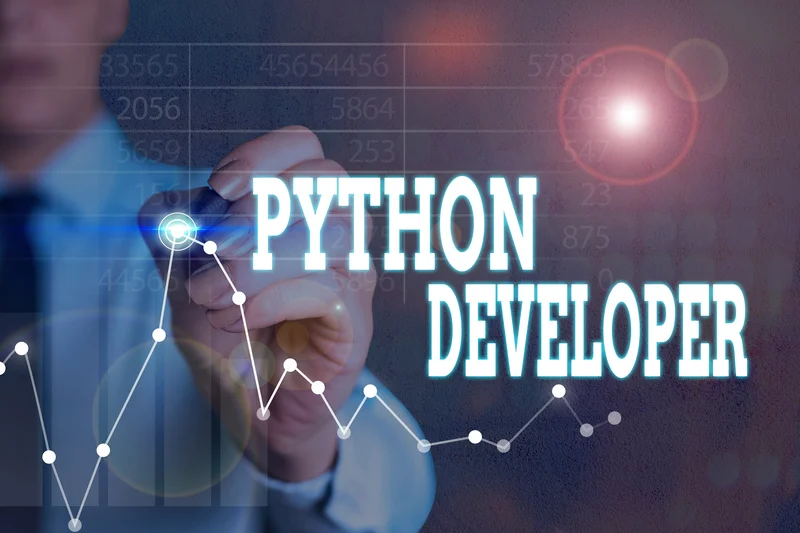However, the subsequent rows point out that the expression returns false for all different what is a state table value combinations. In different words, if only one variable is true or neither of them is true, the expression evaluates to false. This is as a outcome of the expression consists of the AND operator, which states that both statements must be true for the expression to evaluate to true. A truth table supplies a method for mapping out the possible fact values in an expression and to determine their outcomes. The desk features a column for every variable within the expression and a row for each possible mixture of truth values. It also includes a column that reveals the outcome of every set of values.
Application Design Patterns: State Machines
By utilizing the loop index as an input to the case construction https://www.globalcloudteam.com/, this code successfully runs via each transition case one by one, till it finds a diagram with a “True” Boolean output. After the “True” Boolean output is found, the case outputs the new state to which the transition goes. Though this method could seem slightly extra sophisticated than the previous strategies, it does supply the power to add names to transitions by “casting” the output of the loop index to an enumerated sort. This profit lets you add “automatic documentation” to your transition code. A logical expression contains a number of Boolean capabilities that decide the logic used in calculating the expression’s fact or falseness. The commonest Boolean capabilities are AND, OR and NOT, that are described in the desk.
Usecases Of State Machine Diagram
- A sighted individual can see the desk, and make sense of the info inside by visually scanning.
- To make this extra accessible, you must go into the HTML and alter the place ever you might have a table header from to .
- Analyze how related methods are modeled utilizing state diagrams and adapt their structure and design to match your particular project requirements.
And with our diagram as code function, it’s sooner and simpler than ever. You can create a customized mockup of a state machine diagram and add it to your Lucidchart doc utilizing Mermaid coding. For both forks and joins, you need to use a thin, stable again rectangular bar to symbolize them. However, a fork has transition arrows extending away from the bar, whereas a be part of reveals two or more transition arrows leading to the bar. This refers to when the object transitions from one state to a different, the occasions that will have to have taken place before the transition can happen, and the activities in the course of the life of the thing. We use a crammed circle inside a circle notation to symbolize the final state in a state machine diagram.
What’s A State Diagram (state Machine Diagram Or Statechart Diagram)?
Figures are visual shows of outcomes, including graphs, diagrams, pictures, drawings, supply code, and schematics. Engineers have a necessity to communicate quantitative data, and graphs are the easiest way to visually represent that knowledge. Graphs, therefore, ought to require minimal effort on the a part of the reader in each understanding and deciphering data. Figure 3d demonstrates an “Init” state using an inner loop and case structure to transition to the subsequent state. The inner case construction contains one diagram for every transition that leaves the current state.
State Diagram (state Machine Diagram Or Statechart Diagram)
The habits of an entity isn’t only a direct consequence of its inputs, but it additionally is dependent upon its preceding state. The past historical past of an entity can best be modeled by a finite state machine diagram or historically called automata. UML State Machine Diagrams (or generally known as state diagram, state machine or state chart) show the different states of an entity. State machine diagrams also can show how an entity responds to numerous events by altering from one state to another. State machine diagram is a UML diagram used to mannequin the dynamic nature of a system. A state machine (or finite state machine) is a representation of an event-driven, reactive system that transitions from one state to a different if the condition that controls the change is met.
Can A Process Move Directly From ‘running’ To ‘ready’ State?
Transitions occur primarily based on the TCP flags which are exchanged between speaking entities. Output actions involve establishing, maintaining, and terminating community connections. Similarly, protocols such as HTTP and DNS make use of FSMs to handle connection establishment, knowledge transfer, error handling, network routing, and swish termination. An FSM is kind of a blueprint or a set of rules that helps the robot decide what to do in every state and how to transition from one state to a different based on the commands or occasions it receives.
It includes the program code, information, and resources wanted to execute this system. This state machine diagram instance exhibits the method by which an individual sets an appointment on their calendar. In the “Check date” composite state, the system checks the calendar for availability in a couple of totally different substates.
State Machine Diagrams Unified Modeling Language (uml)
The final state represents the object’s state on the finish of the system. It appears as an arrow pointing to a stuffed circle nested inside another circle. We use a stable arrow pointing back to the state itself to characterize a self transition.
Learn rather more about this matter in Creating Accessible Tables by WebAIM. In graphical consumer interfaces, a mouse event handler can be applied using an FSM. The states might embody ‘Idle,’ ‘Dragging,’ and ‘Clicked.’ Transitions occur when the mouse button is pressed or released. Output actions can involve transferring objects, highlighting parts, or initiating actions primarily based on the mouse events. A visitors mild controller could be modeled using an FSM with states similar to ‘Green,’ ‘Yellow,’ and ‘Red.’ Transitions happen primarily based on timed intervals or car presence. Input occasions can embody timers, automobile detectors, and pedestrian buttons.
This state machine monitors the velocity of the automobile and shifts to a unique gear when the velocity crosses the fixed threshold for the gear in operation. There are multiple methods to interconnect a table, starting from techniques helpful for accessible simple tables, to strategies necessary for accessible advanced tables. Notice that this table is styled past just the HTML supplied above.
If the time is not out there on the calendar, the process will be escaped. If the calendar reveals availability, however, the appointment shall be added to the calendar. A marker for the first state within the course of, shown by a darkish circle with a transition arrow. An instance that triggers a transition, labeled above the relevant transition arrow. In this case, “classes end” is the event that triggers the tip of the “Being taught” state and the start of the “Final exams” state. Once the state diagram is drawn, evaluation it to ensure clarity and correctness.
This abstraction can either be due to the truth that the precise performance should still be outlined, or that it is irrelevant to the properties currently considered of interest. E.g., during verification of a given system element, different parts may be modeled as non-deterministic entities to compactly constrain the overall conduct. A system element may also be described nondeterministically to permit some optimization in the course of the implementation section. Non-determinism also can provide an exponential discount in complexity. The states of a finite-state machine are used to discover out which reference sequence matches a given test sequence.















